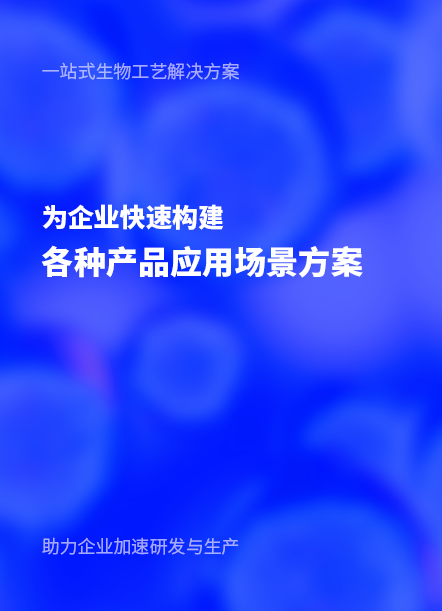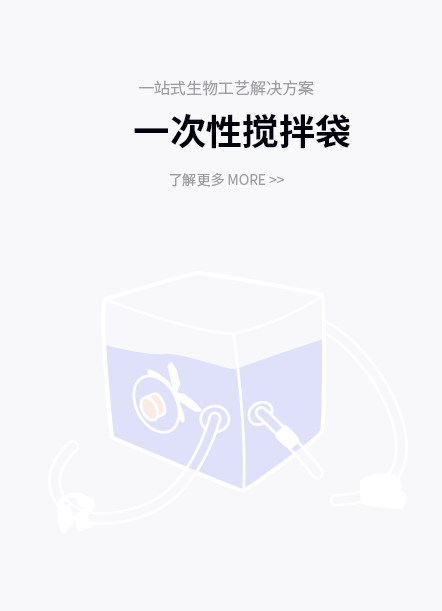产品解决方案
提供针对不同应用场景的产品解决方案

了解更多
应用解决方案
精准匹配多样工艺需求,助力生物制造全流程优化

了解更多
明星产品
严选核心技术,铸就高效稳定的工艺标杆
公司动态
活动动态
技术专栏
解决方案
2025.09.18
公司动态
布局全新产品线!多宁生物与艾普西生物达成生化分析设备独家合作
了解更多2025.09.18
公司动态
携手共进:多宁生物助力智享生物扩充产能,推动新产线高质量投产
了解更多2025.06.10
公司动态
多宁生物携手鼎康生物共建欧洲创新中心,推动中欧生物技术生态协同发展
了解更多2025.05.26
公司动态
多宁生物战略控股康源生物,布局除病毒过滤关键工艺,打造更完整一站式生物工艺平台
了解更多2025.03.31
公司动态
爱尔兰部长莅临上海,共同庆祝Branca Bunús和多宁生物建立战略合作伙伴关系
了解更多2025.03.31
公司动态
多宁生物荣膺2022【常春奖】年度健康服务平台
了解更多邮箱:marketing@duoningbio.com
地址:上海市松江区申田高科园民强路1525号30栋
沪ICP备20017026号-2
官方公众号二维码

官方领英二维码

















